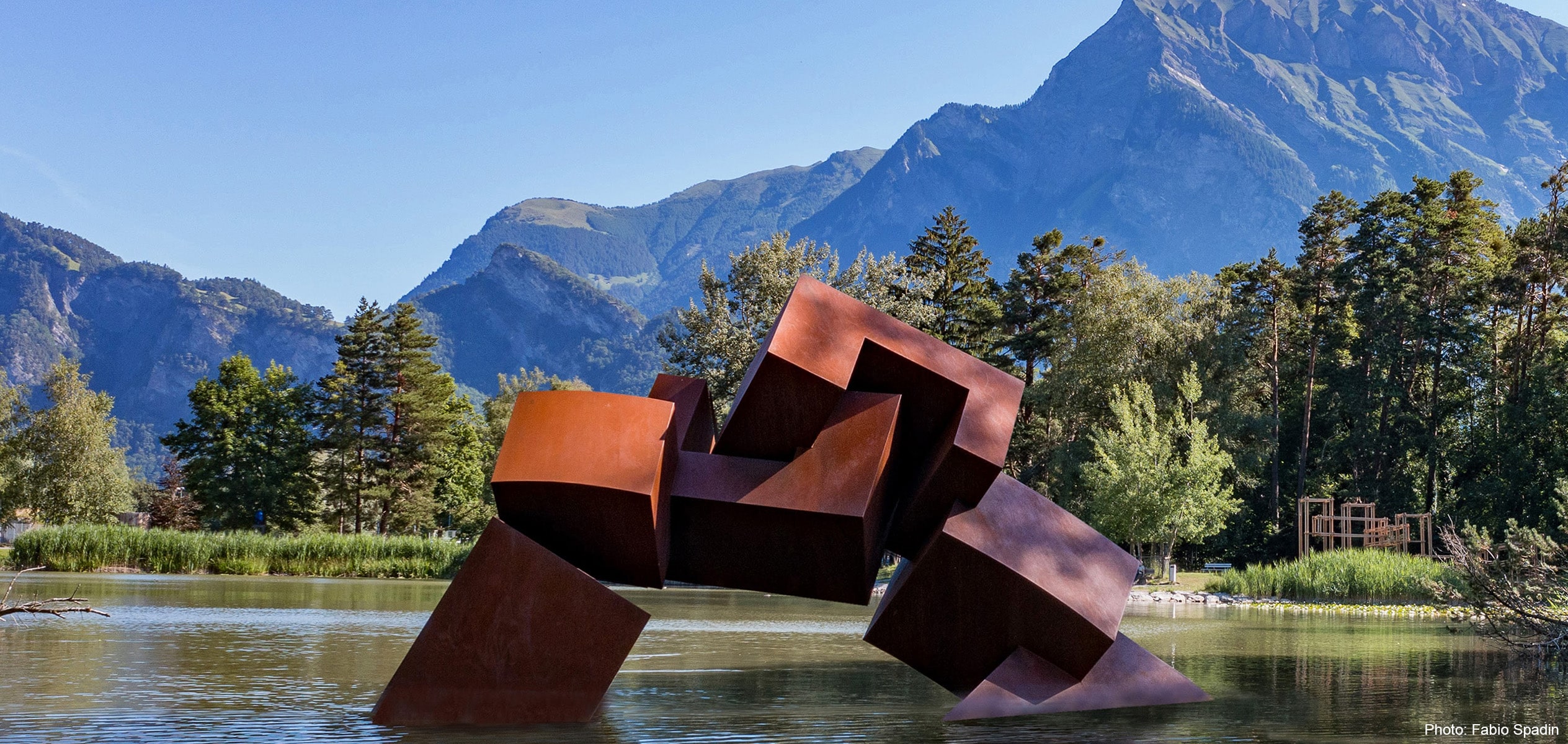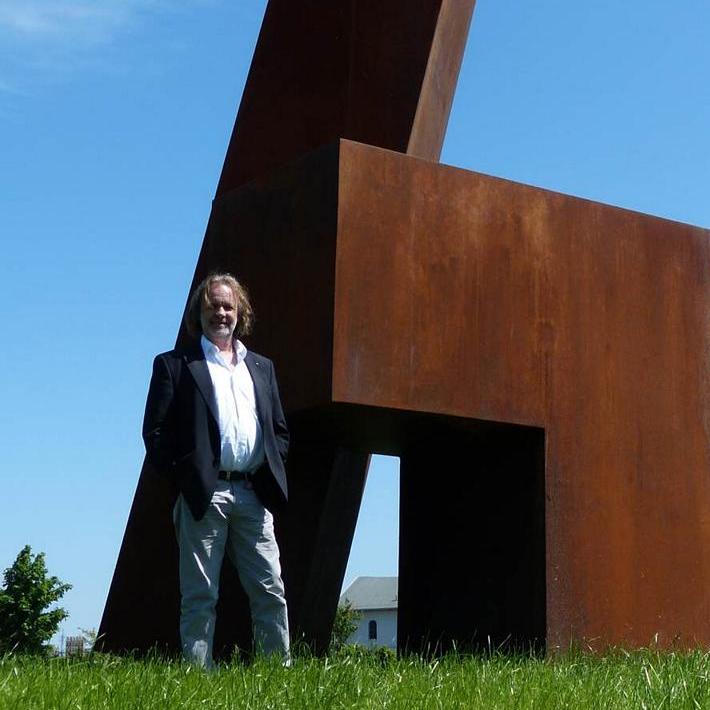

Born 1954 in Hamburg
1976-80 Studies of sculpture Muthesiushochschule Kiel Germany
1980 Diploma of sculpture
Teaching Positions and International Culture Management
2008 Elected as Consultant and member of the China Sculpture Institute
2011 One of the first foreign guest teachers at the Sculpture Department of the Academy of Arts and Design Tsinghua University Beijing • Guest teacher at the China Academy of Arts Hangzhou CAA
2013 Guest lecturer at the China Academy of Arts Hangzhou
2014 Guest lecturer Faculty of Fine Arts Universidad Complutense Madrid Spain
2015 Guest lecturer Universidad Rey Juan Carlos (URJC) Madrid Spain
2015 Master workshop with students and professors from CAA Hangzhou and URJC Madrid in Seekamp Germany
2016, 2017 Guest lecturer Universidad Rey Juan Carlos Madrid Spain
2016, 2017 Director of the 6th and 7th National Seminar of Abstract Sculpture of China Sculpture Magazine
2017 Director of the URJC Madrid marble class in Carrara region Toscany Italy
2018 Director of the CAA Hangzhou marble class in the Carrara region Toscany Italy
2018 Invited professor TAFA Tianjin Academy of Fine Arts China Public Art, Theory of Art, Drawing and Sculpture
2019
Invited Professor XAFA Xian Academy of Fine Arts China
Public Art, Theory of Art, Drawing and Sculpture
Honorary Professorship at the Xian University of Architecture and Technology- Academy of Fine Arts April 2019 - April 2022
Honorary President of the Shenzhen New Space Public Art Institute
September 2019 - September 2022

has participated in more than 320 exhibitions worldwide. He has realized more than 95 monuments in public area in ten countries and four continents. He has received several prizes national and international. He was one of the first foreign teachers at the Sculpture Department of Tsinghua University. He is teaching frequently in China, Spain and Italy.
2015 the war – torn Brooks Bridge Hamburg, with its sculptureal portals, reconstructed in accordance with the heritage protection guidelines by Jörg Plickat 2003-2006, was recognized and listed together with the Speicherstadt Hamburg as UNESCO World Heritage Site.
See in the following a selection of new projects, recent exhibitions, works and awards.
"[..] Jörg Plickat (b. 1954) creates sculpture in stone, steel, and bronze. He lives in Hamburg and Bredenbek (Schleswig-Holstein), and studied at the Muthesius School in Kiel. [..] The intellectual aspect of Plickat's sculpture involves the impact of relationships between volume, material, situation, and light and shade. His simplified geometrical formal language is comprehensible worldwide, unifying both intimacy and monumentality[..]"
By Dr. Barbara Aust-Wegemund